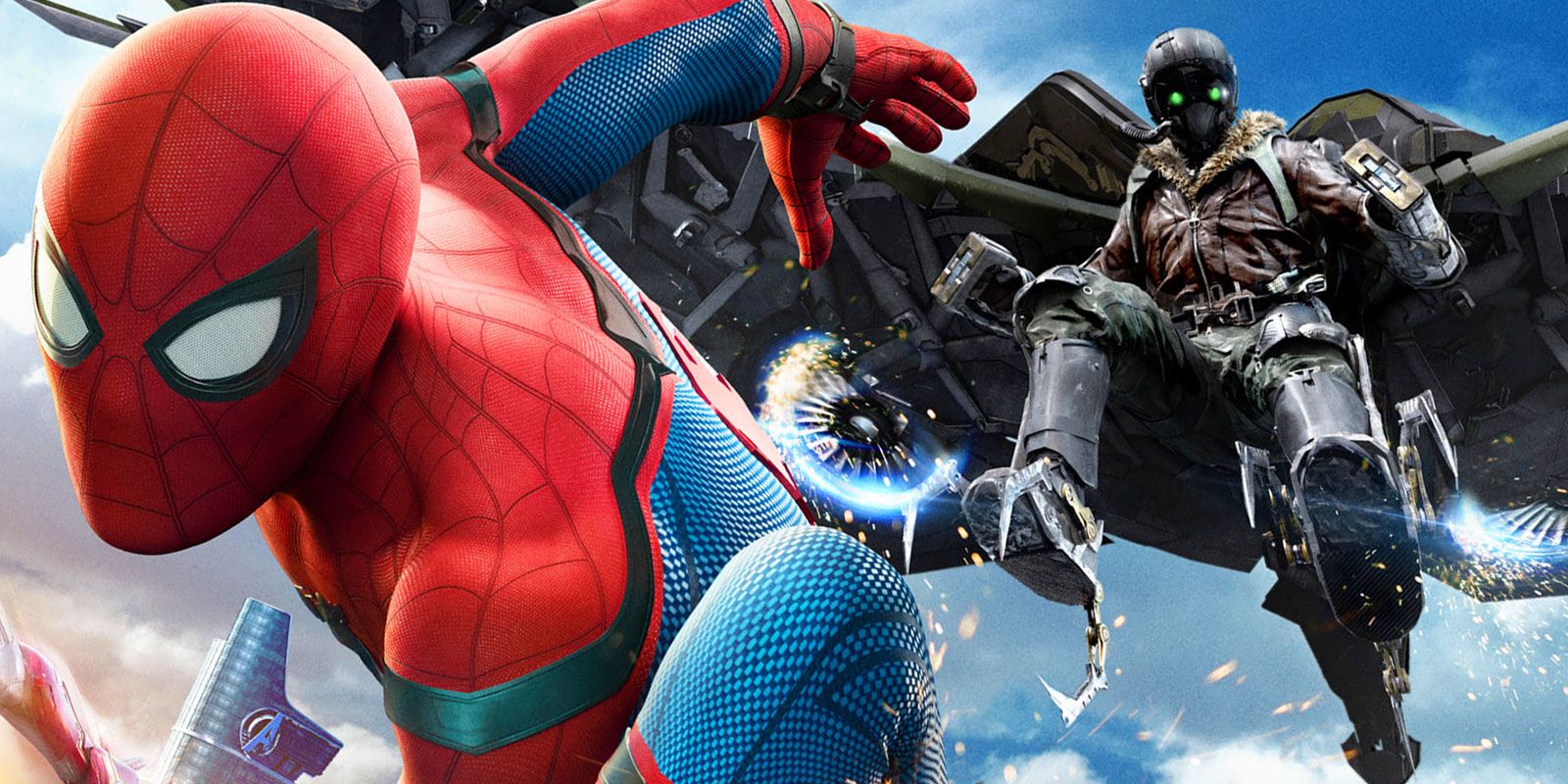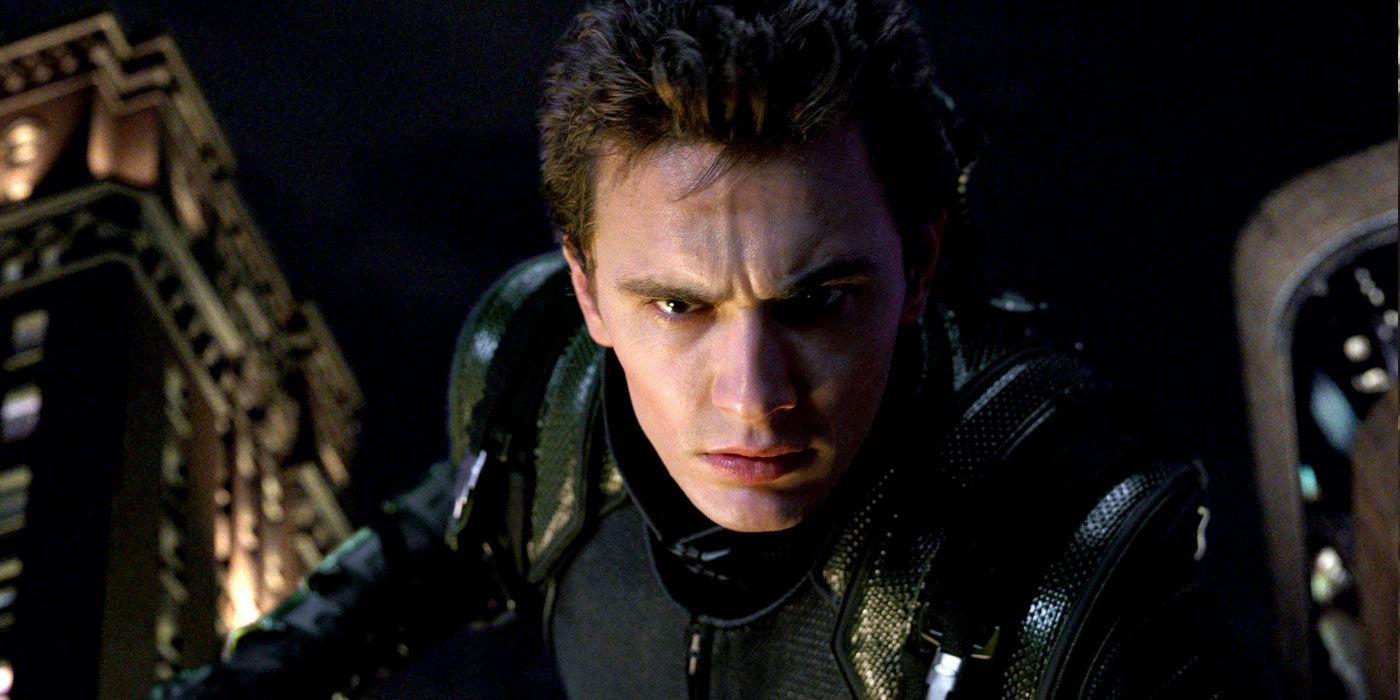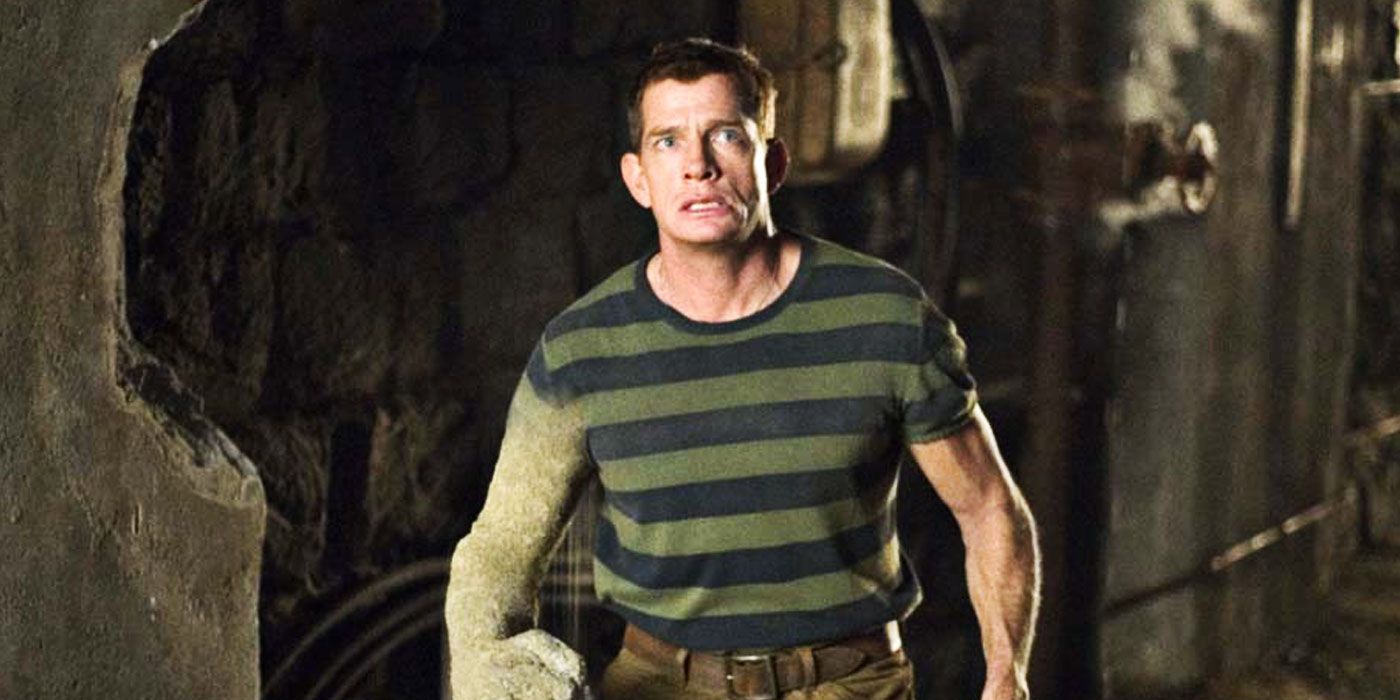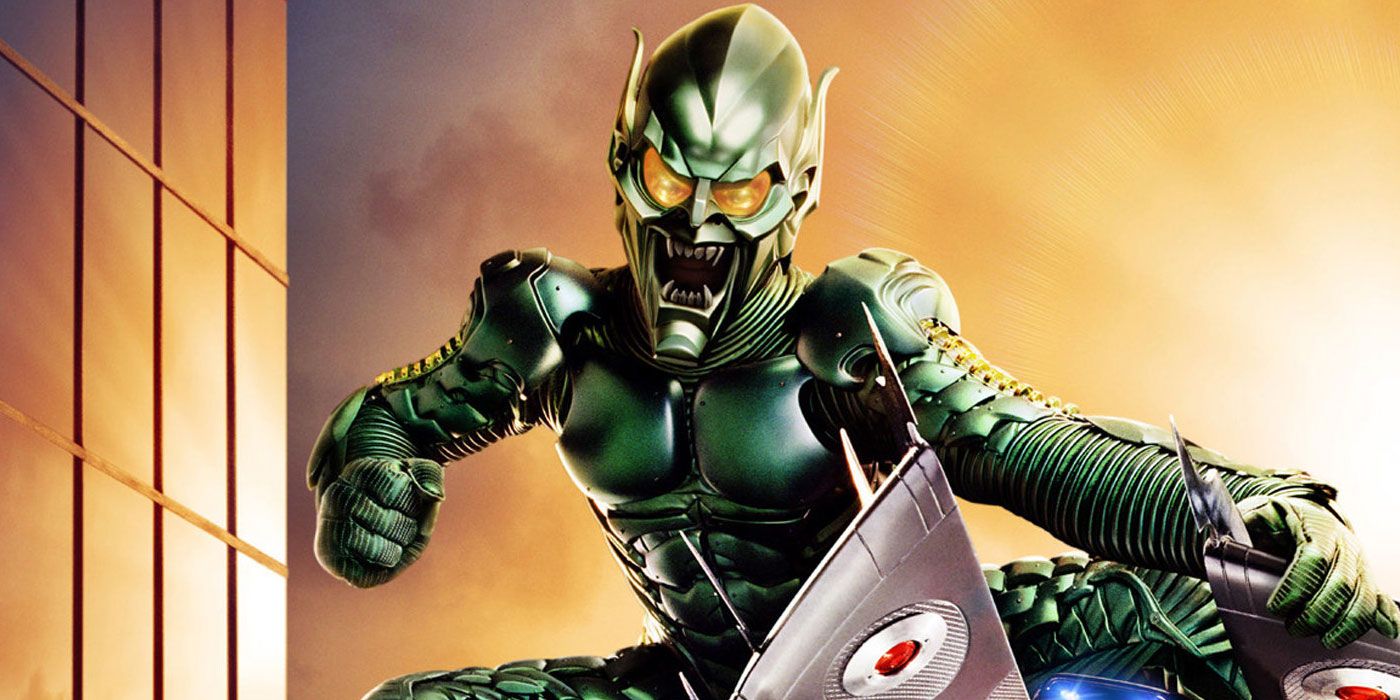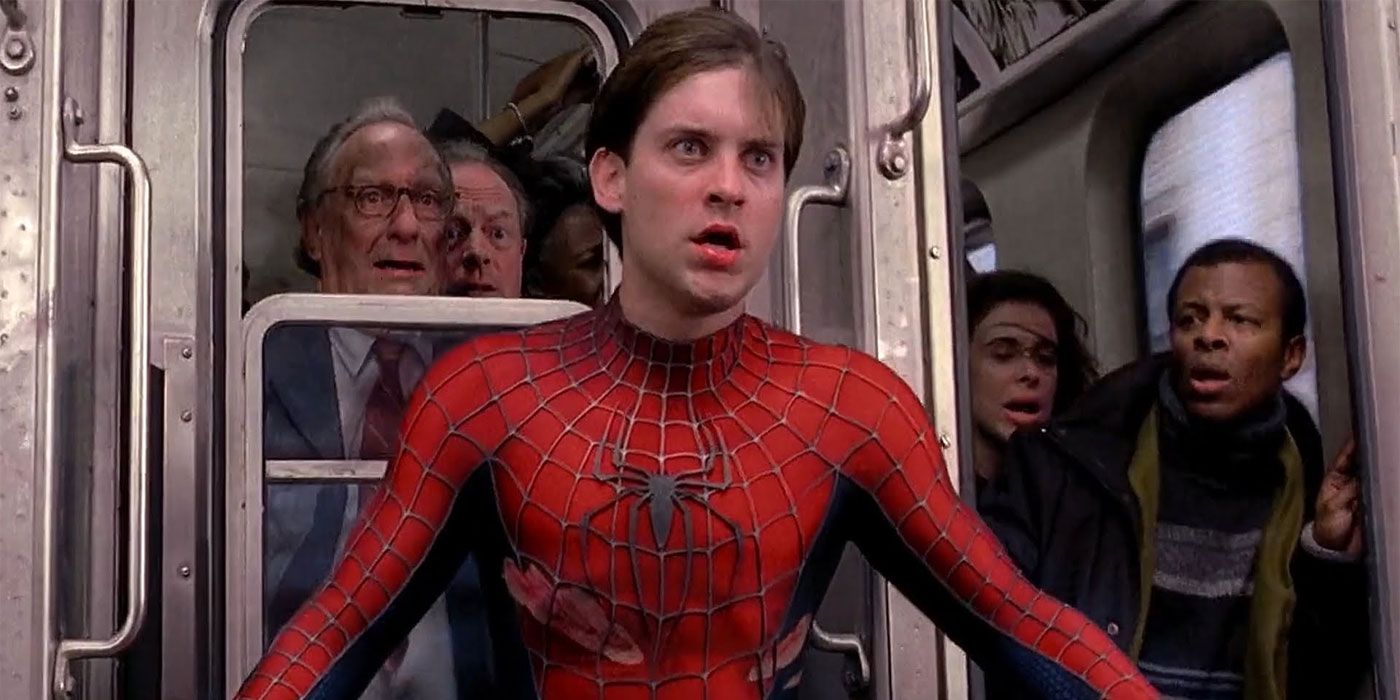Spider-Man has proven to be a tricky property to get right, though the shortcomings of Sony's previous attempted franchise don't really lie with the character himself. Under Sam Raimi, Tobey Maguire did a pretty great job as the hero, while Andrew Garfield delivered a pair of over-the-top yet emotionally powerful performances for director Marc Webb. No, the web-slinger is more than able to carry a movie; what made these franchises falter were convoluted scripts that tried to pack way too much story in and, more notably, the overall poor handling of Spider-Man's villains, which, ultimately, left the stories unbalanced.
RELATED: Silver Sable/Black Cat Spider-Man Film Lands Title, Director & Release Date
Jon Watts' Spider-Man: Homecoming may actually have higher expectations attached than either of the previous outings, given that web-slinger debuted to critical acclaim in Captain America: Civil War, and was crafted as part of a partnership with Marvel Studios. The MCU itself hasn't really delivered the most intimidating villains, however, leaving Sony with a chance to outdo Marvel, while righting its own past mistakes made with a hero that boasts one of all comics' finest rogues gallery. In short, the way Homecoming molds Vulture, Shocker and the Tinkerer may set the tone as to how the studio handle their villains moving forward. Luckily for Sony, it's pretty simple to avoid the pitfalls of the past.
Lessen Their Personal Connections to Spidey
When a hero has a deep, personal connection with his or her archenemy, it makes for greater emotional turmoil and adds substance to their feud. This connection also acts as a mirror, allowing both parties to reflect on why they're on opposite sides of the spectrum. But in doing this, the filmmakers must ask, how is close is too close? Raimi's films flogged this philosophy to death, with the Osborns being so intrinsically tied into Peter's journey, Spidey's character suffered dramatically for it. James Franco's Harry Osborn storyline dragged out over three movies and by the time the cliched best-friend-turned-evil arc finally fizzled, audiences actually felt relieved.
RELATED: Spider-Man: Homecoming’s Final Trailers Arrive With New Footage
Even beyond Harry and his dad Norman, these emotional links to Peter's past and present identity as a superhero persisted. Otto Octavius was a former mentor; Sandman was retconned into being Uncle Ben's killer; and Eddie Brock/Venom went after Peter for "stealing" Gwen Stacy's affections. Webb's reboot did the same with Curt Connors/Lizard, and another iteration of Harry as the Green Goblin. Emotionally invested villains can make for great storytelling, but at some point it's overkill. With Homecoming, Sony has a chance to inject some mystery and chaos into its villains, to blindside the hero and leave him struggling to come up with a game-plan, as per Heath Ledger's Joker in The Dark Knight. It doesn't always need to be personal; sometimes, it can just be business at the end of the day.
Villains Don't Always Need That Much Depth
In both Spidey franchises to date, the only villain whose origins we didn't have spelled was Rhino. Paul Giamatti's take on the character was simply a Russian goon, and at the end of The Amazing Spider-Man 2, he was just given a suit in order to build towards the planned Sinister Six spinoff film. There was no long, drawn-out history of why he broke bad, an approach Homecoming needs to take. We get it, already - life didn't work out the way you planned so you turned to crime. Some backstory and motive for Spidey's enemies would be a good thing, of course, but spending too much time on this makes for clunky storytelling.
Diving so deep into a bad guy's backstory also leads to potential for another overdone theme: redemption. From Raimi's Harry to his Doc Ock to his Sandman, and all over again with Webb's Lizard, we got it -- all these villains still had some good left in them, even when we had no patience left in us. Sony has to understand that it's okay to create villains that are flat out hated and to leave them that way, whether they survive or not. Not everyone needs to have that hidden nugget of light in them. Michael Keaton's take on Vulture and Bokeem Woodbine's Shocker feel like a step in the right direction. Greedy, tech-powered thugs realizing that the city is unprepared for a new kind of bad guy sounds like something that will be a lot of fun because, let's face it, an irredeemable villain is one that's much more dangerous.
Sony's Villains Need Better, More Intimidating Costumes
When Spider-Man debuted on the big-screen in 2002, fans were so happy they finally got to see the friendly neighborhood wall-crawler come to life, they looked past Willem DaFoe's tacky Green Goblin outfit. Since then, the costumes Spidey's villains have worn have either ranged from cheesy to average, at best. Doc Ock's robotic arms looked good, but he didn't have much of a costume, rocking a trench-coat rather than anything resembling the comics' version's outfit, while Spider-Man 3 yielded the term ninja-Goblin in reference to Harry's take on his father's legacy.
Andrew Garfield had to face off against a Lizard who wasn't intimidating at all; it retained a lot of Connors' human features and actually looked more like a goomba from Super Mario Bros than a frightening human/reptile hybrid. The Webb/Garfield era's Green Goblin-ized Harry wasn't quite as bad, but Electro, seemingly ripped from Marvel's Ultimate universe, was ultimately boring as well.
In Homecoming and beyond, the villains need to pop, with epic costumes a la the rest of the MCU's Crossbones, Black Panther and Vision, or the DCEU's Deadshot and Harley Quinn. Keaton's Vulture feels like a big departure from the comic books' Adrian Toomes, but it works. The flying villain's form and function makes perfect sense within the world populated by the lies of the Avengers. Shocker will be trickier to pull off, but from what little we've seen of him so far, it looks like he, too, provides the right balance of realistically grounded and movie-level impressive.
Not Every Villain Needs to Know Spider-Man's Secret Identity
This leads u to the final pitfall Sony's reboot has to avoid: the inevitable "villain learns Spidey's identity" storyline. Once upon a time, it was a nice twist on the secret identity trope, but now it's invariably a boring act three where villains do the obvious and go after Peter's loved ones, usually Aunt May or Mary Jane, as we repeatedly saw in the Raimi films. In addition to being a cliche, going after Spidey's love interest constantly paints these ladies as damsels in distress. It's lazy writing for every single villain to fight an umasked Spider-Man at some point, with a woman invariably presented as the "prize" for the victor.
As a whole, much more of a lid needs to be kept on Spidey's secret identity. Yes, Ned Leeds learns about his best friend's feats of costumed derring-do, and that's fine as long as not-Gangke doesn't become a hostage, or accidentally tweet his best friend's #SecretIdentity out for the Vulture and company to see in their Twitter feed. We already saw the element of social media factor into Tony Stark finding out Peter's secret in Civil War so the more he keeps his mask on in Homecoming, the better. The villains need to work for their supper, and the cop-out of accidentally finding out who's under the mask needs to be avoided because it takes away from them devising intricate plans, scheming and becoming more cerebral. This won't just challenge your villains, it'll challenge the hero as well.
Directed by Jon Watts (Clown) from a script by John Francis Daley and Jonathan M. Goldstein (Vacation), Spider-Man: Homecoming stars Tom Holland, Michael Keaton, Marisa Tomei, Robert Downey Jr., Zendaya, Donald Glover and many more. The film swings into theaters on July 7.

